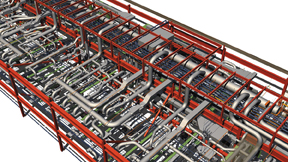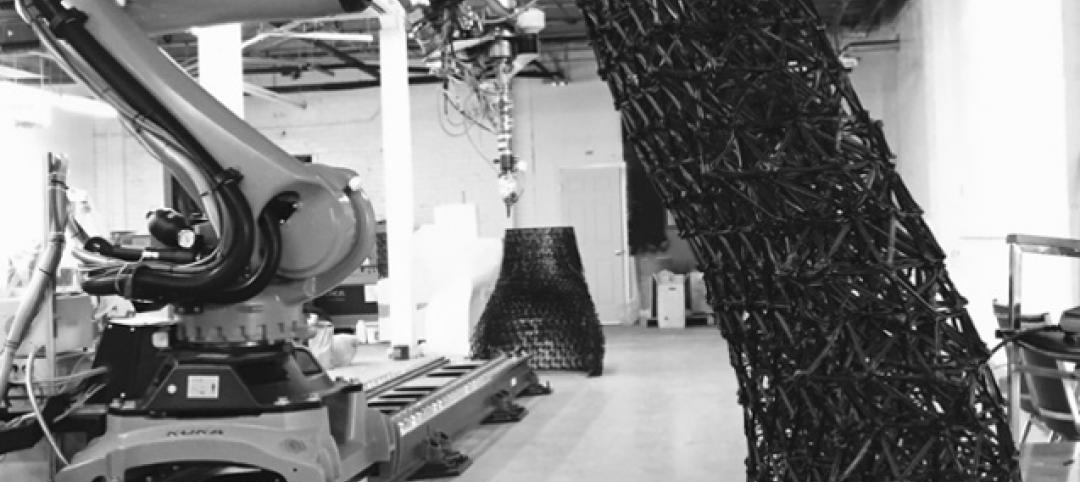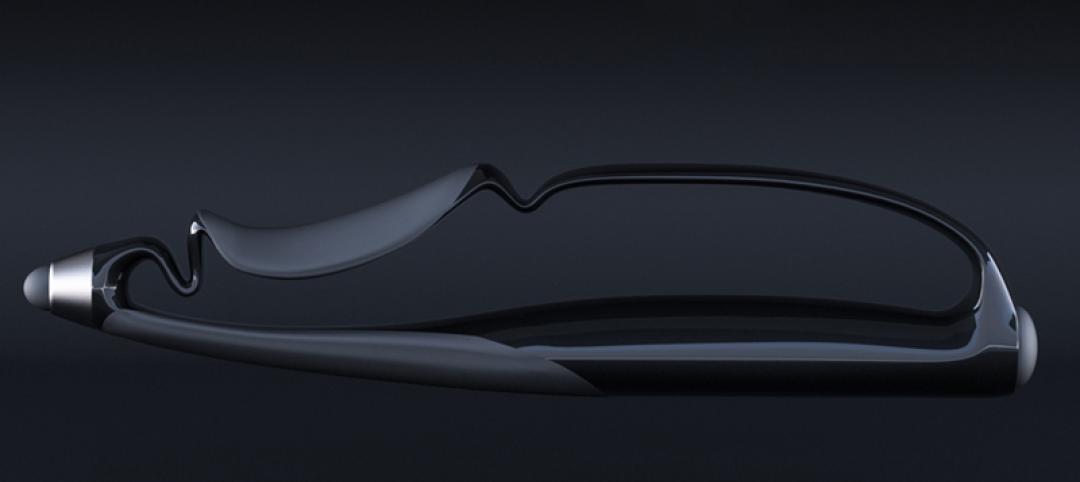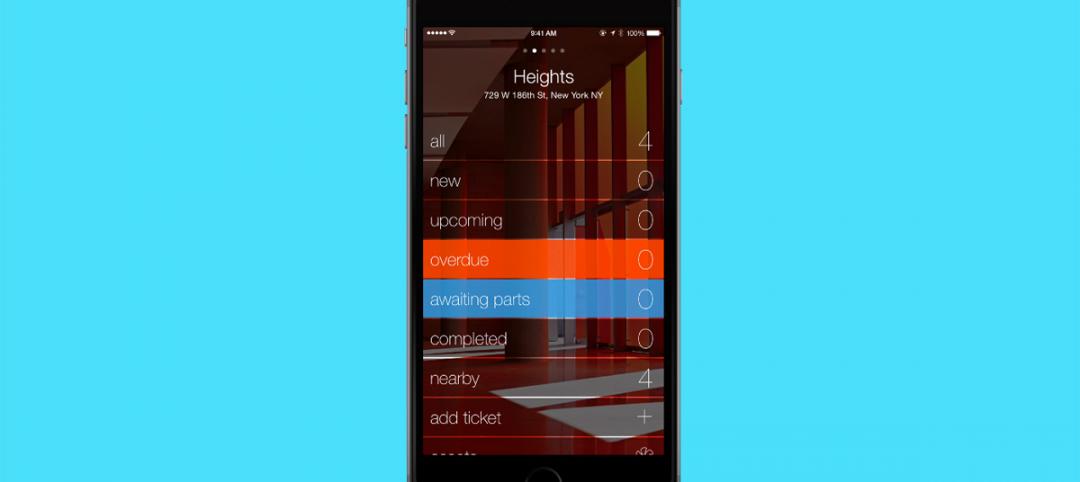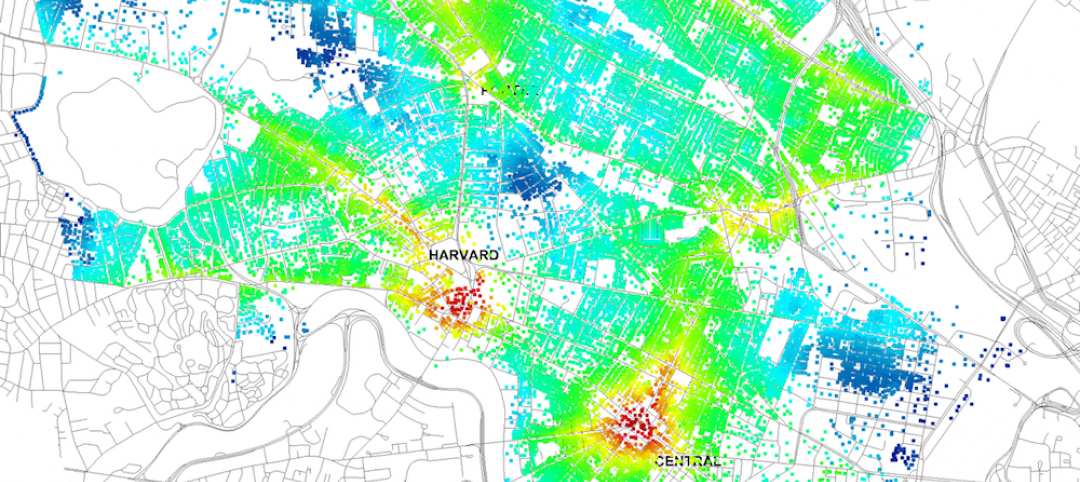For many of us who have participated in the rapid growth of BIM, It is tempting to see it as just one more technology development in the project delivery process, but its real impact is quickly accelerating beyond that. More accurately, the growth of BIM is heralding a true disruption in the construction industry. It is transforming markets, and revolutionizing expectations.
In fact, it is increasingly apparent that BIM fits a well-known pattern familiar to business scholars, a pattern known as disruptive innovation and made famous by Harvard Business School professor Clayton Christensen in his best-selling book The Innovator’s Dilemma.
In innovation theory, a disruptive technology is one that creates entirely new “value networks”––a combination of capabilities and expectations––for a given process or technology.
For example, 2D CAD simply computerized the production of drawings. Before CAD, designers produced drawings; after CAD, we still produced drawings, just differently and with more flexibility. CAD was a “sustaining technology”––something that simply improved an existing market proposition.
BIM also started out as a sustaining technology, as many disruptions do. The notion was that 3D models would be an efficient way to produce 2D documents, the next evolution of CAD enhancement. But it quickly morphed to a point where the model created brand new value networks: clash detection, quantity takeoffs, field BIM, direct fabrication, energy analysis––and, ultimately, BIM models as a store of myriad facility information.
Enter the Contractor: BIM becomes VDC
The disruptive growth of BIM has been largely due to the unanticipated interest contractors would take in the technology, and in this respect it is clearly a “new market disruption” in the terminology of disruption. By any measure, contractors have grasped the power of BIM with far more vigor than design professionals, who tend to see it as sustaining, and have failed to perceive its disruptive trajectory. Contractors looked at BIM models and immediately understood how they could be used for virtual design and construction (VDC) tasks.
Many leading design firms have come to realize that BIM’s disruption means developing new ways to work with savvy contractors and owners. At our firm, design teams now routinely exchange BIM files with contractors during and after design for purposes that are entirely unprecedented in our previous experience.
Further fueling the disruption, many savvy clients now contractually require that we work closely with the contractor and owner on BIM development and file exchange. Penn State University, for example, has some of the most detailed and well-developed processes for designers and contractors in BIM implementation.
The rumblings of disruption were becoming apparent to our firm almost as soon as contractors first learned we were creating BIM files. One of our first structural BIM projects was (somewhat hesitantly) transferred to the contractors so they could use it to quantify the lengths of steel members for a mill order. It proved useful, but it was unfamiliar to us, and a first brush with the emerging uses of BIM.
Since then we have become accustomed to our clients (both private and governmental) making BIM submission a requirement. Somewhere along the way, we began to realize that expectations were changing dramatically. It is now relatively routine for the BIM files to get substituted or supplemented with subcontractor 3D fabrication files for on-site, real-time coordination.
Enter the Owner: BIM in Real Time
More recently, another development has increased the pace of disruption-––the addition of the owner to the BIM design process. Smart owners quickly began to realize how these information-rich 3D models could be useful as an active decision-making tool during construction, and then used as stores of information for facility operations purposes. Many adopted detailed protocols for how BIM should be used on their projects.
In a subsequent development, our firm has begun to experience owners now sitting in on the fast-track design for a large high-tech facility and expecting to see 3D models they can query at any point. Our design team sits with the owner, contractor, and facility personnel to review BIM models in real time as they develop. This is a huge departure from our previous workflow, where owners received progress paper sets, carefully controlled for output. Now the process is open, active, and raw.
Embrace the Strange
For those of us using BIM, it’s important to fully understand BIM as a disruption and avoid getting caught up comparing CAD and BIM software as two different, but comparable, approaches. Such a perspective would focus on BIM’s sustaining effects and totally miss its disruptive potential.
BIM shows all the signs of a classic market disruption, and like other disruptions its ultimate destination is not yet clear, except that it will certainly change markets and expectations.
Our best strategy is to embrace the full power of BIM, to recognize its disruptive potential, and to explore its power to address many of the issues we currently face as we attempt to reImagine design and construction. +
--
John Tobin is Director of Architecture at EYP Architecture & Engineering, Albany, N.Y.
Related Stories
BIM and Information Technology | Jul 29, 2015
Tenn. startup uses freeform 3D printer to build full-size walls
Branch Technology used the world’s largest freeform printer, one that has an arm that prints objects in open space, to make the lightweight yet incredibly sturdy lattice structures.
University Buildings | Jul 21, 2015
Maker spaces: Designing places to test, break, and rebuild
Gensler's Kenneth Fisher and Keller Roughton highlight recent maker space projects at MIT and the University of Nebraska that provide just the right mix of equipment, tools, spaces, and disciplines to spark innovation.
BIM and Information Technology | Jul 20, 2015
New stylus brings digital sketching to the next level
Without buttons, users can change the weight of the stylus’ stroke.
BIM and Information Technology | Jul 16, 2015
BIM for O+M: New app streamlines project documentation handover process
The Building Ops app enables owners to begin operations on the first day with a turnkey maintenance and asset management solution, according to its maker, Autodesk.
BIM and Information Technology | Jul 15, 2015
Google launches open-source beacon platform: Eddystone
Though beacons usually broadcast information publicly, Eddystone has the option to communicate privately as well, which greatly expands the applications for the technology.
BIM and Information Technology | Jul 14, 2015
New city-modeling software quantifies the movement of urban dwellers
UNA for Rhino 3D helps determine the impact that urban design can have on where pedestrians go.
BIM and Information Technology | Jul 14, 2015
Nation’s first 'drone park' breaks ground in North Dakota
This is one of six testing sites around the country that are developing flight standards and evaluating the utility of drones for different tasks.
BIM and Information Technology | Jul 6, 2015
BIM/VDC training is more than learning the features
Training can be a taxing experience for both the class and the instructor. CASE's Nathan Miller offers four ways to make training more relevant to practitioners.
BIM and Information Technology | Jul 6, 2015
Researchers increase GPS precision to centimeter-accurate
A new startup is working with Samsung to develop a snap-on accessory for centimeter-accurate global positioning.
BIM and Information Technology | Jul 6, 2015
New documentary shows Legos as touchstones of creativity
The film's narrator, actor Jason Bateman, says it’s a story “about a simple toy and how its unique properties ushered in a new era of creativity for a whole generation.”


